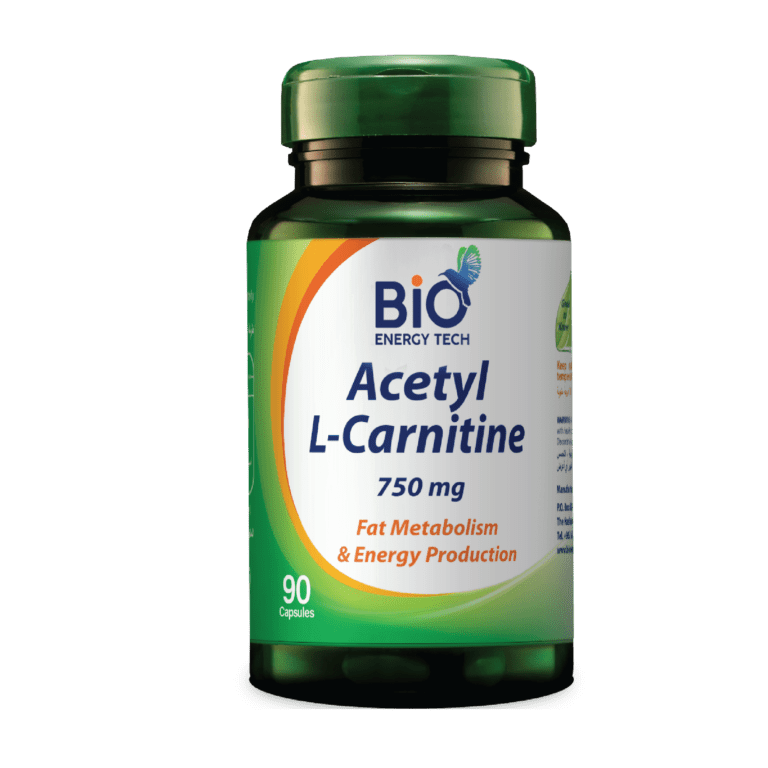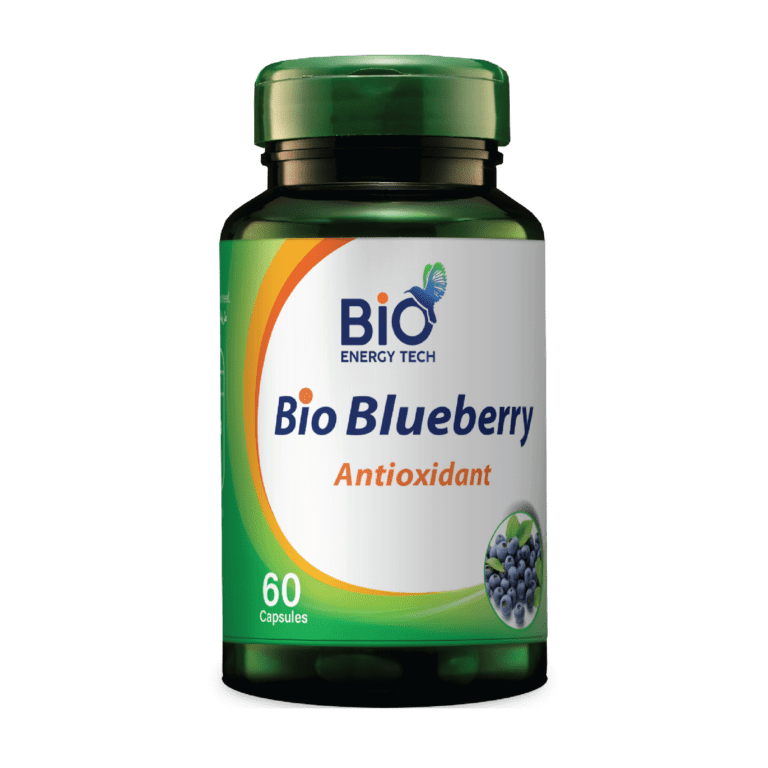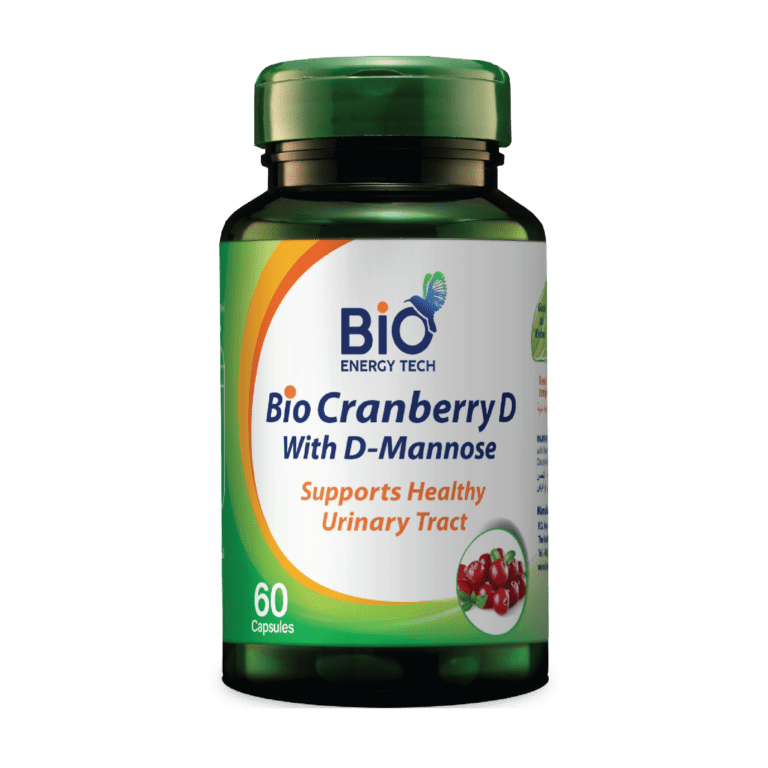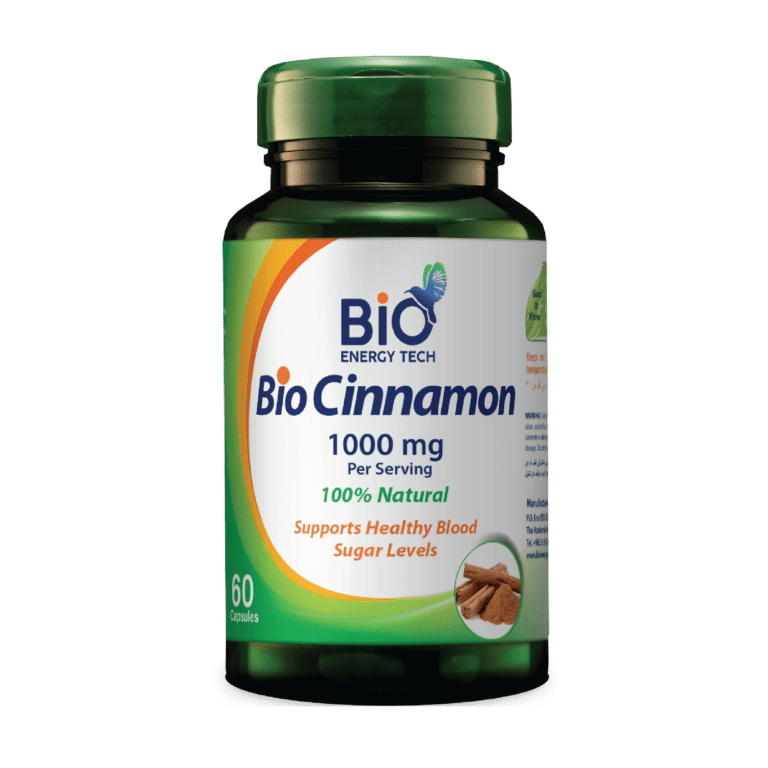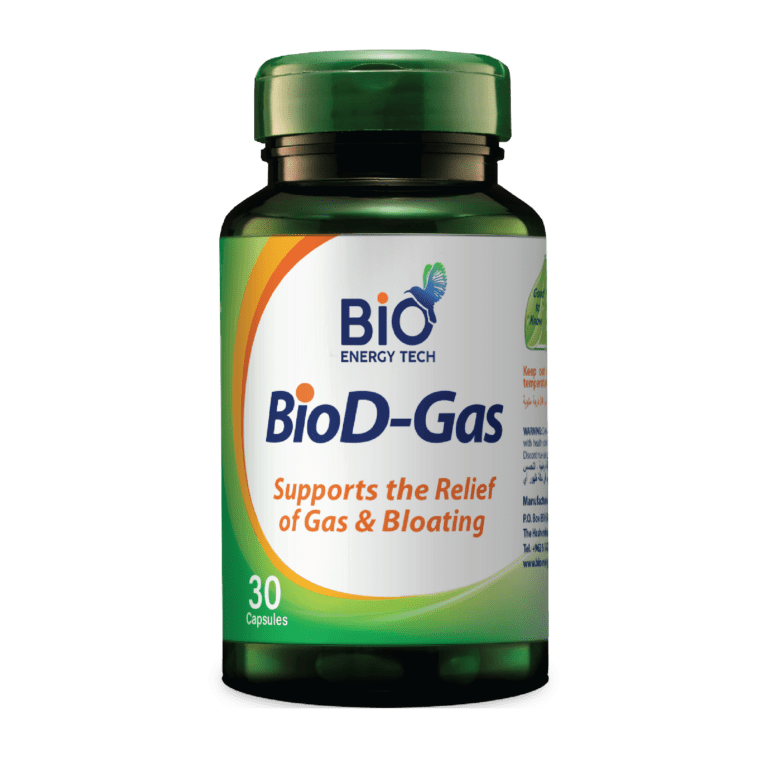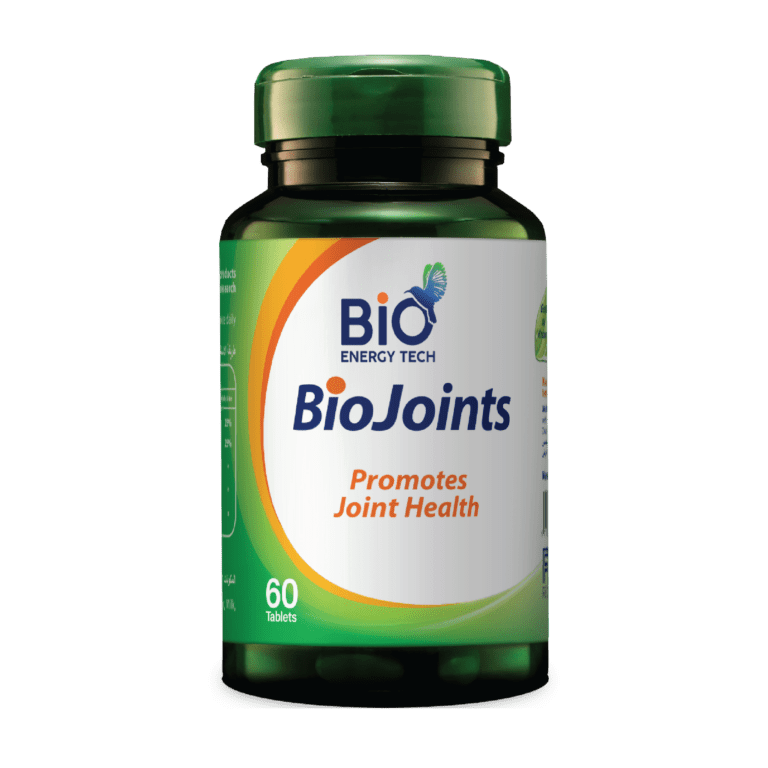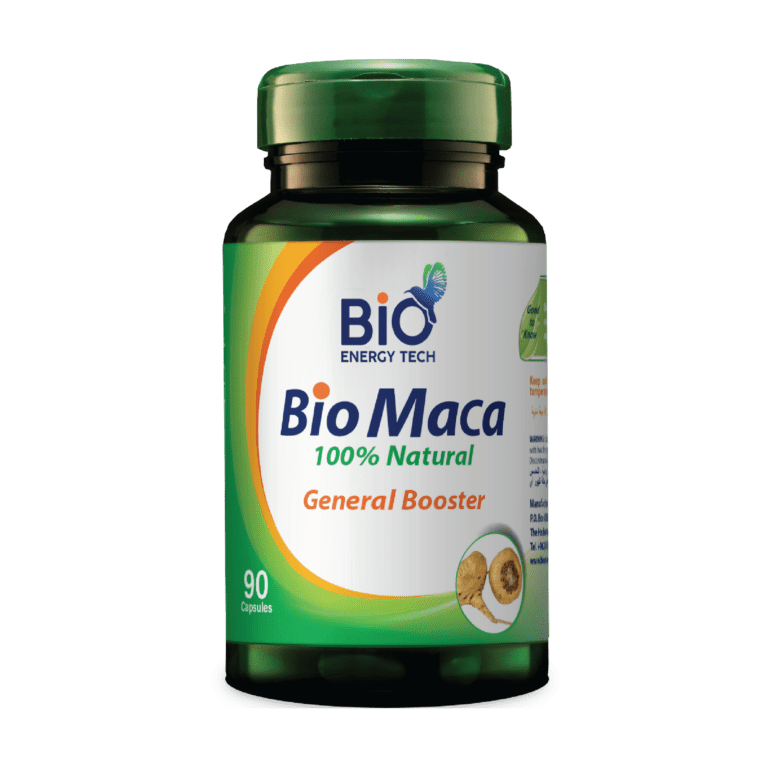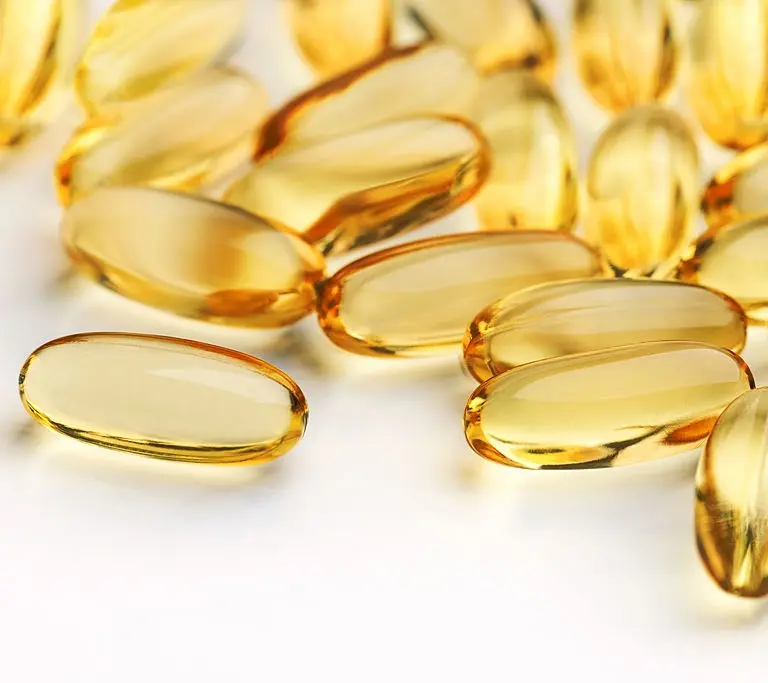Menopause is a natural stage in every female’s life. It often begins between the ages of 45-55 years, when the menstrual cycle stops due to a cessation in the secretion of female hormones (estrogen and progesterone) from the ovaries. This period is accompanied by a series of changes and symptoms. It also indicates the end of a woman’s reproductive years.
Stages of Menopause
Natural menopause is a slow process that comprises three phases.
- Premenopause: It begins several years before menopause, when the ovaries begin to gradually and slowly reduce estrogen production, and the signs and symptoms of menopause begin to appear. In the last year of this stage, the decline in estrogen levels is faster.
- Menopause: This is when a full year passes without a period, and here the ovaries have secreted most of the estrogen in them and stopped producing ovums.
- Post menopause: It is years after menopause, during which menopause symptoms such as hot flashes recede, but the risks resulting from the cessation of estrogen production increase with age.
Menopause Symptoms
Most women experience menopause symptoms as they approach menopause, including:
- Hot flashes, which are a sudden feeling of heat in the upper part of the body. It is moderate in severity for most women, but can be severe in others and is often associated with night sweats and facial flushing.
- Less frequent menstruation. In addition to periods being heavier or less than usual.
- Tiredness and fatigue that can be associated with joint and muscle pain.
- Mood swings and depression.
- Insomnia and headache.
- Vaginal dryness and changes in sexual desire.
- Urinary incontinence.
The experience of menopause is unique to every woman and symptoms can be more severe if a sudden menopause occurs or if it’s over a short period of time.
The severity of symptoms can also increase in conditions affecting the health of the ovaries, such as cancer or undergoing a hysterectomy, in addition to some lifestyle habits such as smoking.
Menopause Diagnosis
The diagnosis is made by observing menstrual periods and accompanying symptoms which assist the physician in making a diagnosis.
Some laboratory tests can also be performed to check the levels of hormones in the blood, including:
- Follicle-stimulating hormone (FSH), whose levels rise around menopause.
- The hormone estradiol, which helps determine the amount of estrogen secreted by the ovaries.
- Thyroid hormones to make sure there are no problems with the thyroid gland, which can affect the menstrual cycle and cause symptoms similar to those of menopause.
Natural Ways to Decrease the Severity of Menopausal Symptoms
Lifestyle changes help many women with menopausal symptoms, including:
- Eating a diet rich in calcium and vitamin D to prevent osteoporosis during menopause.
- Eating a lot of fruits and vegetables helps aid in weight loss and maintaining an ideal weight. This plays an important role in preventing the development of diseases and relieving menopausal symptoms such as hot flashes and night sweats.
- Abstaining from drinking alcohol reduces the chance of breast cancer and helps improve sleep.
- Decreasing the consumption of caffeine, sugars and spices which may contribute to mood disorders, hot flashes and night sweats.
- Smoking cessation is recommended because smoking may lead to primary ovarian insufficiency and increased hot flashes.
- Regular exercise improves sleep quality and relieves menopausal symptoms. In addition to yoga and deep breathing exercises to aid in relaxation.
- Eating protein-rich foods on a daily basis may help protect against the loss of muscle mass that occurs with age.
- Eating foods containing plant estrogens known as phytoestrogens may have a beneficial effect on decreasing hot flashes and cardiovascular disease risk, but this effect has yet to be proven.
- Drinking enough water during menopause is crucial to reduce dehydration. It can also help maintain an ideal weight and decrease hot flashes.
- Avoiding refined carbohydrates because they increase the risk of depression. As well as avoiding processed foods that negatively affect bone health.
- Using vaginal lubricants to help relieve dryness.
- Doing Kegel exercises strengthens the pelvic muscles and helps prevent urinary incontinence.
Some studies have shown that soy products can help relieve hot flashes, but more studies are needed to prove the theory.
More evidence is still needed to prove that other natural supplements can help reduce menopausal symptoms, so consult your physician before starting to use them.
Treatment
Menopause is a natural stage and its symptoms often go away with time and without the need for treatment, but in some cases it may cause specific problems that need medical intervention and treatment.
Treatment plans include:
- Hormone replacement therapy (HRT):
Hormonal drugs are given to replace the hormones that are no longer made by the body.
They can be used to help reduce hot flashes and vaginal symptoms, as well as strengthen bones.
However this treatment method may increase the risk of heart diseases and breast cancer, so the lowest dose that gives the required effect is usually prescribed for the shortest possible period of time.
- Topical hormonal therapy:
The use of estrogen in the form of a vaginal cream or gel which is applied topically to help treat vaginal dryness.
- Non-hormonal treatment:
The antidepressant drug paroxetine is used to treat hot flashes and clonidine and gabapentin can also help relieve them.
Selective estrogen receptor modulators (SERMs) also cause the body to use the estrogen present to treat hot flashes and vaginal dryness.
Osteoporosis medications or vitamin D supplements can also be used to keep bones strong.
Complications of Menopause
The lack of estrogen that occurs in menopause is directly related to an increased risk of women developing several health problems with age, including:
- Heart disease.
- Increased risk of Alzheimer’s disease.
- Appearance of signs of aging such as more wrinkles.
- Muscle weakness.
- Disorders in the digestive and urinary systems, where the ability of the intestines and bladder to function as they should is reduced.
- Visual disorders and eye diseases such as cataracts or macular degeneration that can cause vision loss.



